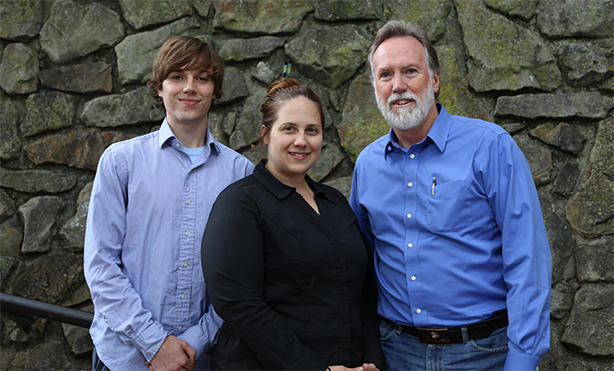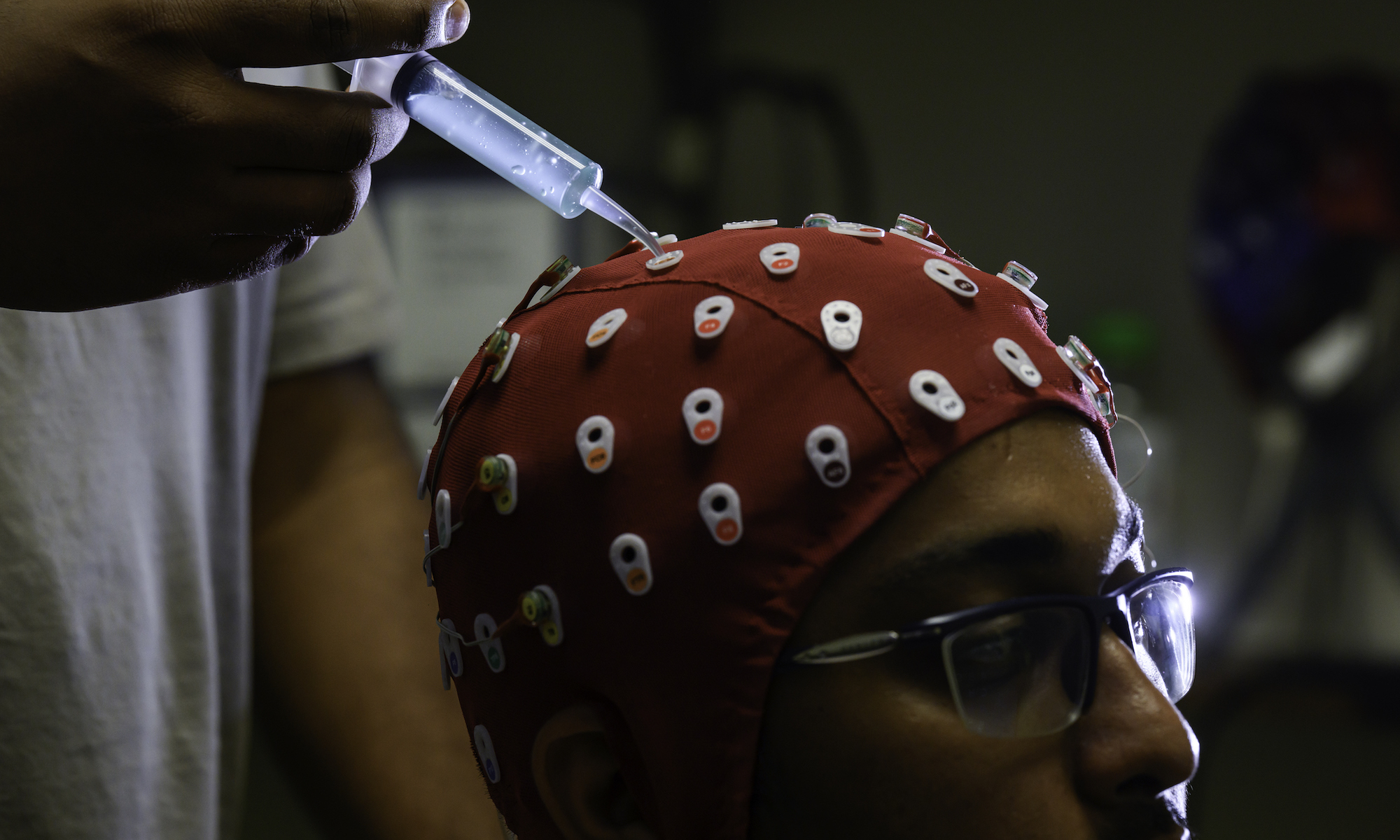Like other seniors, Owen Colegrove had a busy end of the semester: staying on top of classes, preparing for finals, wrapping up projects, and applying to graduate school. But unlike other undergraduates, Colegrove had to leave the last week of the fall semester for San Francisco, to present a poster at the American Geophysical Union annual meeting. Attended by tens of thousands of people, it is one of the highlights of the scientific conference season, with lots of high-profile speakers, media coverage and topical issues being covered.
Colegrove presented work he had done during his Research Experience for Undergraduates (REU). During REUs, students across the country spend part of their summer on a research project as part of their academic experience. Unlike Colegrove, though, not many will have a Science paper to their name at the end of the project.
Exposing undergraduates to research is exactly the purpose of REUs, and Colegrove thinks it was a fantastic opportunity for that. Now at the University of Rochester, a research university, Colegrove studied at Finger Lakes Community College for his freshman and sophomore years.
“We encourage our physics majors to take on a major research project over the summer, either in Rochester or elsewhere, to complement their classroom experiences,” said Kevin McFarland, professor of physics at Rochester who taught Colegrove last semester. “Owen’s success is a great example of how productive these summer research projects can be.”
Colegrove worked during the summer of 2013 under the supervision of Dr. David Hathaway, an astrophysicist at NASA’s Marshall Space Flight Center in Huntsville, Ala. Together with Hathaway’s student, Lisa Upton, a graduate student at Vanderbilt University in Nashville, Tenn., Colegrove helped analyze data from the Helioseismic and Magnetic Imager on NASA’s Solar Dynamics Observatory. The team was looking for evidence that would point to the proposed existence of giant convection cells on the sun.
These giant convection cells are flows on the sun’s surface that could be related to the sun’s magnetic fields, and also to sunspots. Small granules (and larger supergranules) that move gas around on the surface of the sun have been studied since early in the 20th century, but the team showed that these are moved around by even larger features: giant convection cells, which are much slower moving.
The work of Hathaway, Upton and Colegrove might also help answer a longstanding question: “why is a day on the Sun’s equator (25 days) so much shorter than a day on the Sun’s poles (35 days)?” It could be that these giant cells alter what is happening as the Sun spins.
The day before leaving for the AGU conference in California, Colegrove appeared to be taking all the new experiences in stride. Reflecting on having his name on a Science paper as an undergraduate he commented “that it just hadn’t sunk in.”
“I’ve been caught up in classes, preparing for exams, and trying to figure out what’s next,” he said. “And it also seems to have happened over such a long period of time, so it feels like a long time ago when we did the work and submitted the paper!” Although Hathaway, who spent 29 years searching for these giant convection cells, might not agree, Colegrove admits.
Colegrove is clear that he wants to go to graduate school for physics – he is just trying to decide which area of physics and what university. “I hadn’t taken many astrophysics classes before this project, but now after this work I think this is an area I want to learn more about.”
There is one thing he is certain he takes with him from the whole experience, and that is a better understanding of the patience that research requires and a determined attitude to continue forward, even after multiple setbacks. Colegrove thinks that when any future research does not go as planned he will think back to his advisor, Dr. David Hathaway, who kept thinking of ways forward even after 29 years.



